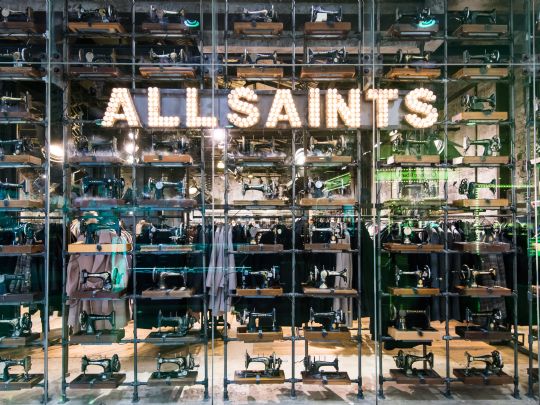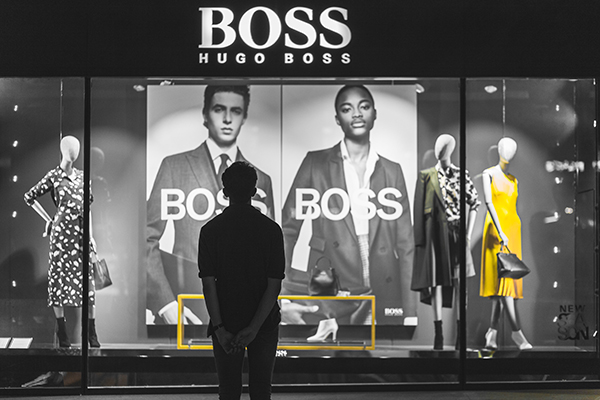Following the UK’s first full month under lockdown, April’s online retail sales results have signalled a seismic shift in purchasing patterns, according to the latest IMRG and Capgemini figures.
As COVID-19 shut brick and mortar stores up and down the county, online sales growth surged to a 10-year high – up 23.8 per cent year-on-year.
This spike in sales was overwhelmingly driven by multichannel retailers, with sales up 35 per cent versus online only retailers’ more modest rise of 8.3 per cent.
At a category level, the unusually hot April weather - combined with lockdown - triggered a large rise in gardening sales. Building upon March’s 94.4 per cent year-on-year growth, this month’s sales were up an unprecedented 288 per cent. Meanwhile, electrical sales sparked an equally impressive 102 per cent growth, while health and beauty sales were also up 82 per cent.
The clothing sector continued to feel the impact of the crisis, down 23.8 per cent from April 2019. Footwear and menswear sales were particularly poor, down 31.1 per cent and 33.5 per cent respectively.
Andy Mulcahy, strategy and insight director at IMRG, commented: “When that demand will return is a big question for clothing retailers. If they reopen stores - and take their staff out of furlough, bringing all the costs back into the business - but their customers don’t return quickly, there could be a very difficult period coming indeed.”
Lucy Gibbs, managing consultant for retail insight at Capgemini, said that COVID-19 has reshaped consumer spending patterns and shopping habits, which has been accentuated by the significant online growth in April.
"Customers to become accustomed to turning to online to fulfil shopping needs as non-essential retailers remained closed, however despite the positive figures, it begs the question whether this is enough to make up for the full impact of COVID-19 performance particularly for the fashion sector which is still losing out as customers are purchasing for new environments rather than fashion."
Gibbs added that she is also starting to see a differential by retail tier, with mid-market losing out to budget retailers - a trend to watch as consumers seek value for money in uncertainty. "This can result in a squeeze in the mid-tier where appealing to both needs has been traditionally harder to balance."
Latest News
-
Deichmann rolls out new order fulfilment platform
-
River Island makes further headway on omnichannel transformation with Shopify migration
-
Southern Co-op partners with Deliveroo across 139 stores
-
Contactless card limit flexibility to be introduced in March 2026
-
Tesco strikes AI partnership with Mistral AI to deepen personalisation and speed analysis
-
Dutch supermarket Plus rolls out electronic shelf labels across 265 stores
Beyond Channels: Redefining retail with Unified Commerce
This Retail Systems fireside chat with Nikki Baird, Vice President, Strategy & Product at Aptos will explore how unified commerce strategies enable retailers to tear down these barriers and unlock new levels of operational agility and customer satisfaction.
The future of self-checkout: Building a system that works for consumers and retailers
In this webinar, industry leaders discussed what the future of self-checkout looks like and how retailers can make the technology work for everyone.
© 2024 Perspective Publishing Privacy & Cookies










Recent Stories